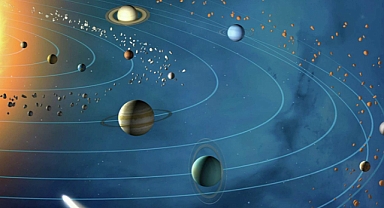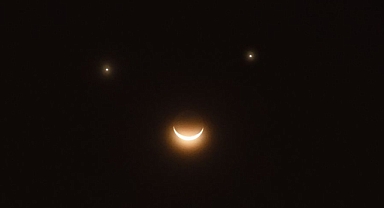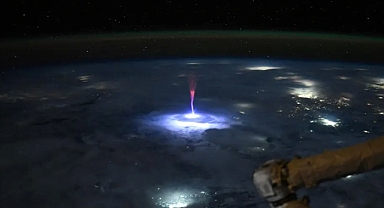Today, we no longer need stone alignments or towering structures to predict equinoxes—our calendars conveniently mark them for us twice a year. But what exactly happens during an equinox?An Equinox occurs twice annually, once in March and again in September. In 2025, the first will take place on March 20 at 09:01 UTC (2:01 AM PDT), while the second will happen on September 22 at 19:19 UTC (11:19 AM PDT). The defining feature of an equinox is that it marks the moment when the Sun's center crosses the celestial equator—an imaginary extension of Earth's equator into space. For those standing at the equator on an equinox, the Sun will appear directly overhead at noon. After the March event, the Sun's path shifts northward until the June solstice, after which it gradually moves south. The cycle reverses in September when the Sun crosses the equator again, continuing its journey southward until the December solstice. This is why the March equinox is sometimes called the northward equinox, while the September equinox is referred to as the southward equinox.
One of the most fascinating aspects of the equinox is its effect on daylight. During these celestial milestones, sunlight is distributed equally between the Northern and Southern Hemispheres, creating a moment of near-perfect balance. However, despite the name, day and night are not exactly equal on an equinox. Several factors, including the Sun’s size and the way Earth’s atmosphere bends light, extend daylight by a few extra minutes. Instead of experiencing a sharp transition, sunrise and sunset appear more gradual, making for stunning visual displays. Depending on your location, the precise day when day and night are closest to equal might fall a few days before or after the official equinox.
Equinoxes also signal seasonal shifts. In the Northern Hemisphere, the March equinox welcomes longer, warmer days as spring begins, while the Southern Hemisphere experiences the onset of autumn with cooler, lengthening nights. By contrast, the September equinox brings autumn’s arrival to the north and the promise of spring to the south. These transitions remind us of Earth's rhythmic movement through space, shaping the natural world and the cycles of life we experience every year.
One of the most fascinating aspects of the equinox is its effect on daylight. During these celestial milestones, sunlight is distributed equally between the Northern and Southern Hemispheres, creating a moment of near-perfect balance. However, despite the name, day and night are not exactly equal on an equinox. Several factors, including the Sun’s size and the way Earth’s atmosphere bends light, extend daylight by a few extra minutes. Instead of experiencing a sharp transition, sunrise and sunset appear more gradual, making for stunning visual displays. Depending on your location, the precise day when day and night are closest to equal might fall a few days before or after the official equinox.
Equinoxes also signal seasonal shifts. In the Northern Hemisphere, the March equinox welcomes longer, warmer days as spring begins, while the Southern Hemisphere experiences the onset of autumn with cooler, lengthening nights. By contrast, the September equinox brings autumn’s arrival to the north and the promise of spring to the south. These transitions remind us of Earth's rhythmic movement through space, shaping the natural world and the cycles of life we experience every year.









